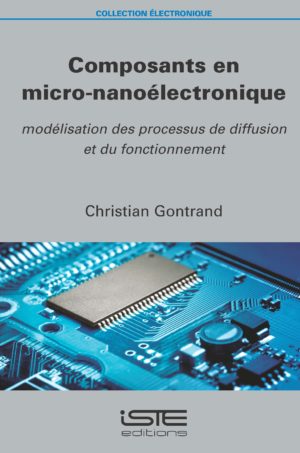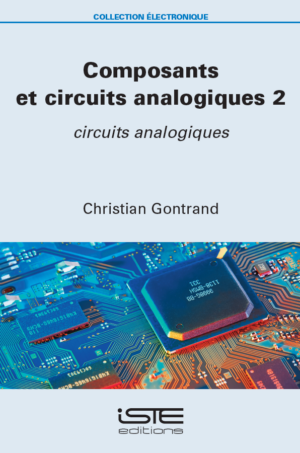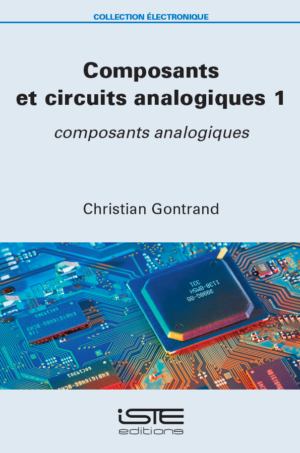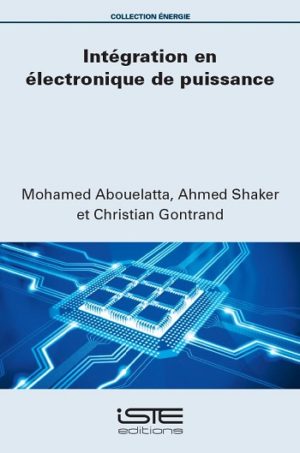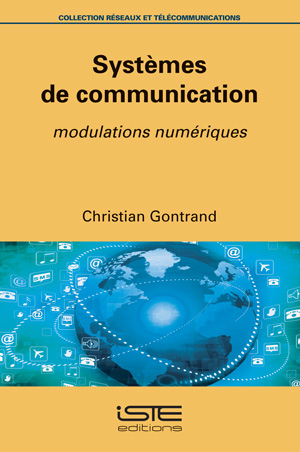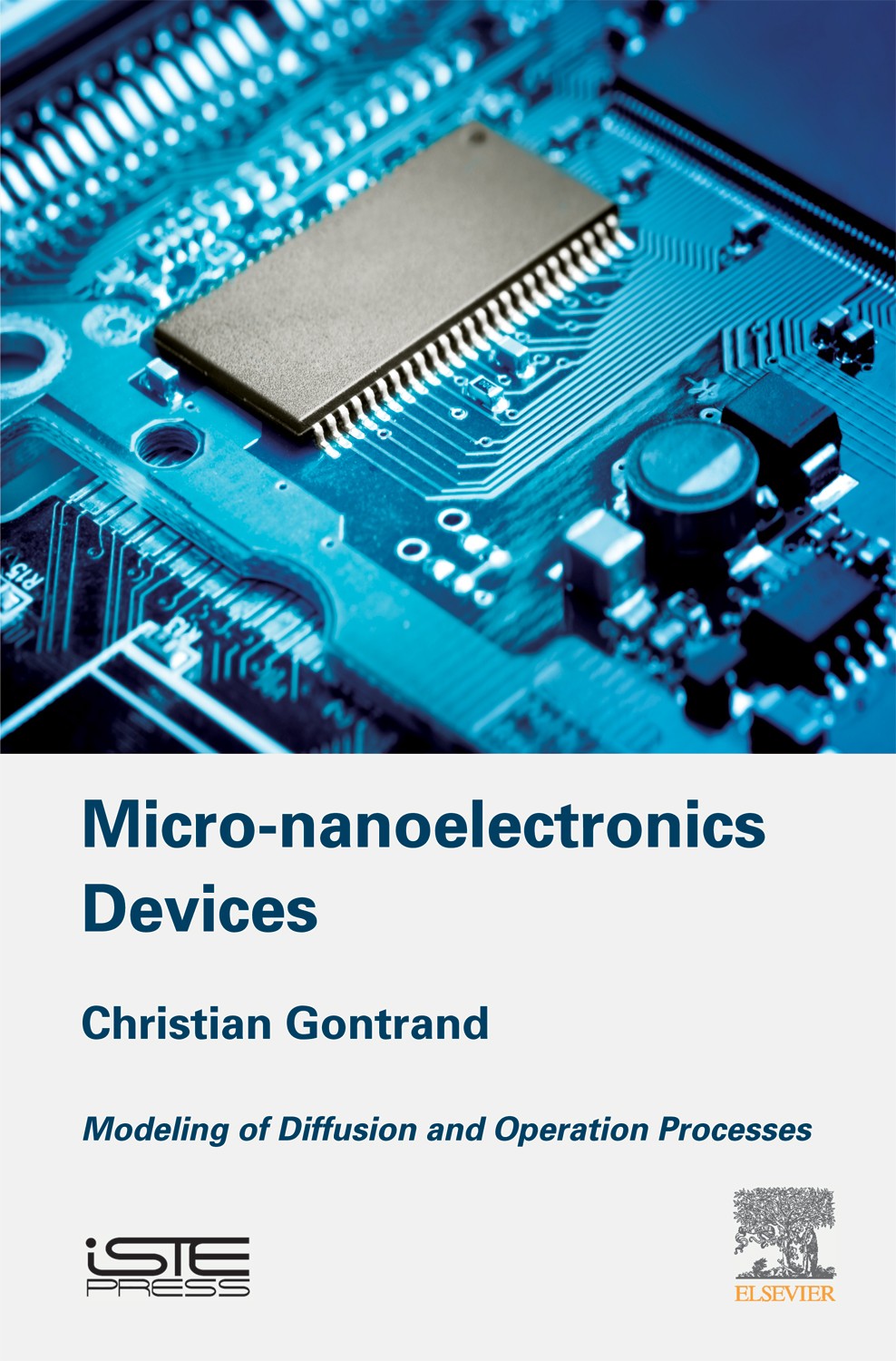
Microelectronics extends from materials to systems architecture, encompassing the “process”, the “device” and the circuit. For years, nano-electronics have been the subject of discussion in industries as well as concerned public entities. In microelectronics, the modeling of diffusion (process) and the electric behavior of components (device) became a reliable practice in industry in the 1980s. […]
Microelectronics extends from materials to systems architecture, encompassing the “process”, the “device” and the circuit. For years, nano-electronics have been the subject of discussion in industries as well as concerned public entities. In microelectronics, the modeling of diffusion (process) and the electric behavior of components (device) became a reliable practice in industry in the 1980s.
This book elaborates both on the “upstream”, introducing the equations that underpin models and, in fine, related simulations, and on the “downstream”, proposing modifications that must be carried out, as concerns modeling, to enter the field of nanoelectronics wholeheartedly. Simple computer programs are also proposed. These can serve to carry out “numerical experiments” and explore new directions by developing new models, namely in practice, introducing new equations or even new relations between equations.
This work addresses researchers and students at Master’s and PhD level in the spirit of “teaching through research”. Readers will require a Bachelor’s degree level of mathematical understanding.
1. Introduction and Reminders.
2. Modeling of Diffusion Processes.
3. Electrical Functioning of Devices.
4. Background Noise in Micro- and Nanoelectronics.

